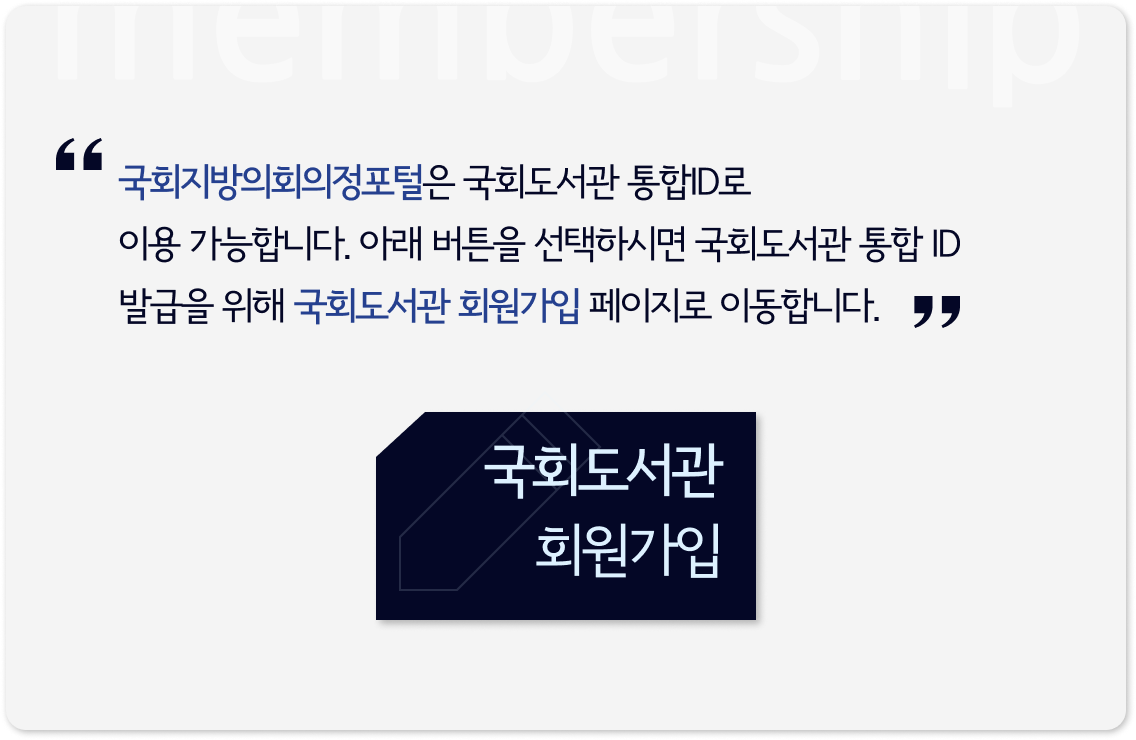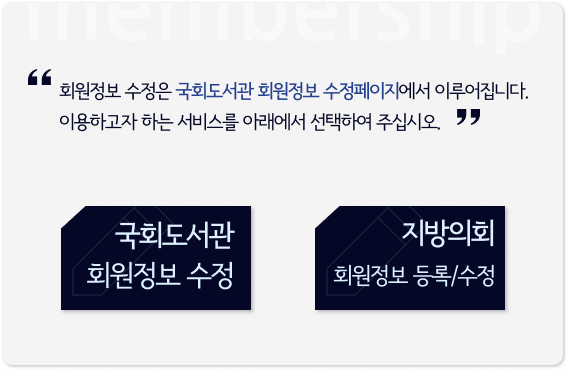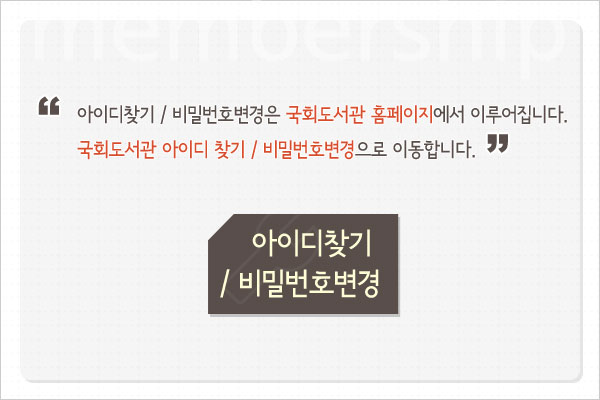본 연구는 학교폭력 피해학생 전문보호시설의 프로그램이 피해 학생들의 치유와 회복에 미치는 영향에 대한 효과를 분석하는 것을 목적으로 한다. 프로그램의 효과를 분석하기 위해 A센터에 2018년부터 2020년까지 위탁된 59명의 학교폭력 피해학생들을 대상으로 사전·사후 검사를 실시하여, 대응표본 t 검정을 통해 결과를 비교·분석하였다. 검사도구로는 한국판 아동·청소년 행동평가척도 교사용(Teacher’s Report Form for Ages 6-18 : TRF)을 사용하였으며, 학교폭력 피해학생들의 프로그램 사전과 사후 문제행동의 변화를 검증하였다. 연구 결과를 살펴보면 다음과 같다. 첫째, 문제행동은 총점 수준에서 유의미한 감소를 보였다. 둘째, 내재화된 증상, 외현화된 증상은 유의미하게 감소한 것으로 나타났다. 셋째, DSM 진단척도 중 정서문제, 불안문제, ADHD, 품행문제에서 유의미한 감소를 나타냈다. 연구결과를 바탕으로 학교폭력 피해학생 치유 프로그램이 더욱 확대될 필요가 있음을 제시하였다. 또한, 학교폭력 피해학생에 대한 보호뿐만이 아니라, 학생들이 손실을 복구할 수 있도록 회복적 관점을 제도적으로 도입할 필요가 있다는 시사점을 도출하였다.
The purpose of this study is to analyze the effect of a healing and recovery program of a specialized protective facility for victims of school violence. In order to analyze the effect of the program, pre- and post-tests were conducted on 59 victims of school violence entrusted to Center A from 2018 to 2020; the results were compared and analyzed through the paired samples t test. To analyze the research problem, the Korean version of the Teacher's Report Form (TRF) was used as a test tool, and changes in problem behavior before and after the program were verified.
The research results are as follows. First, problem behavior showed a significant decrease in the total score level. Second, internalized symptoms and externalized symptoms were significantly decreased. Third, it showed a significant decrease in emotional problems, anxiety problems, ADHD, and conduct problems among the DSM diagnostic scales. Based on the results of the study, it was suggested that the program to heal victims of school violence needs to be further expanded. In addition, it was suggested that an institutional introduction of a restorative perspective is needed to not only protect students who have been victims of school violence, but also to recover their losses.
 통합검색
통합검색















